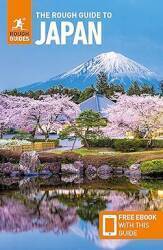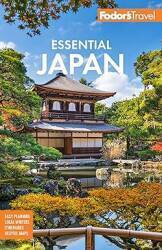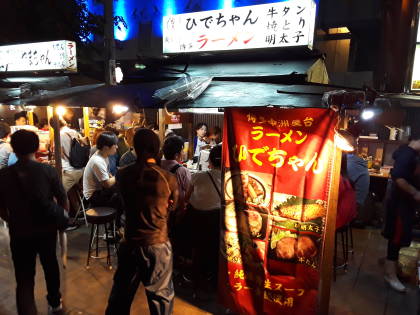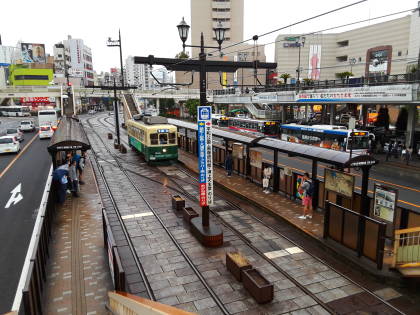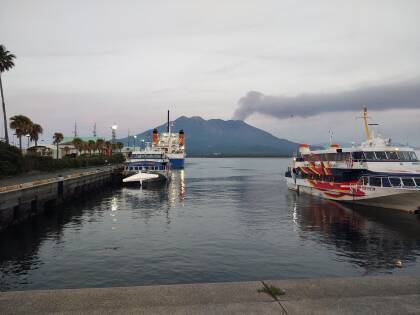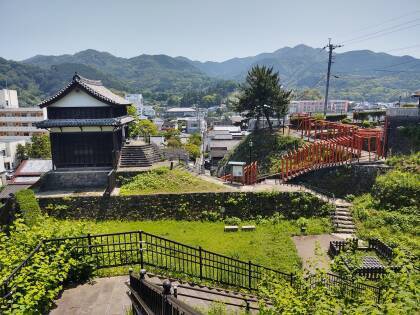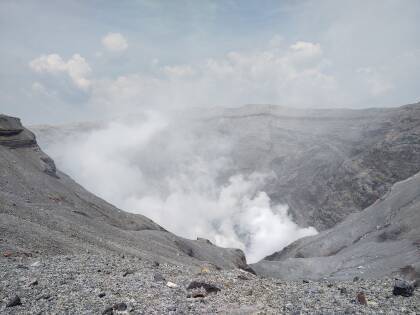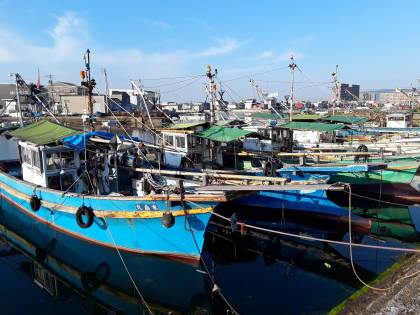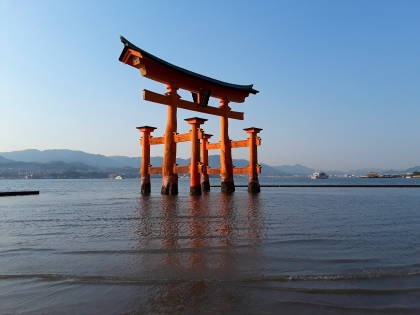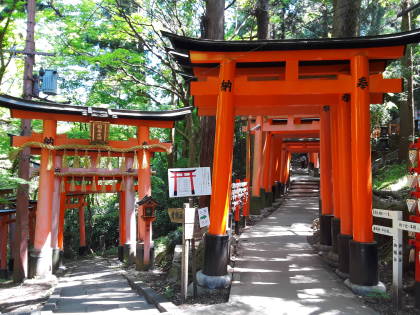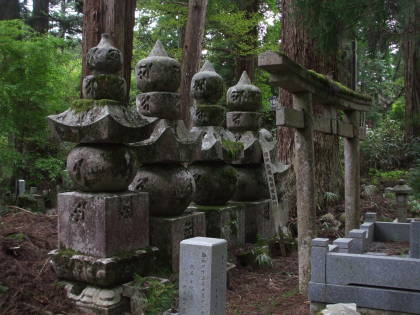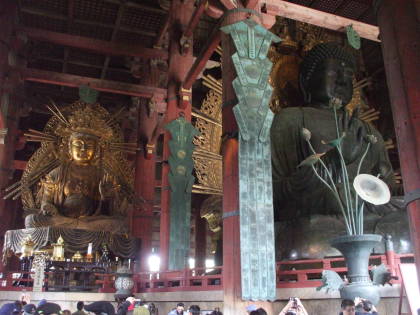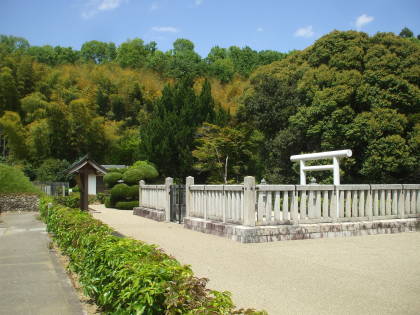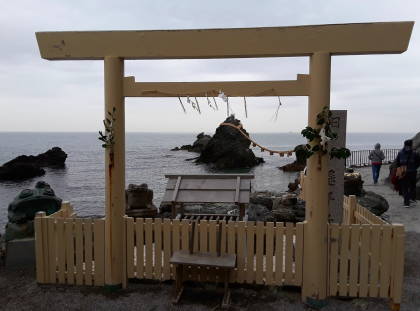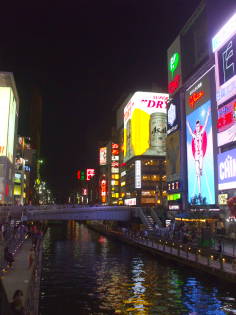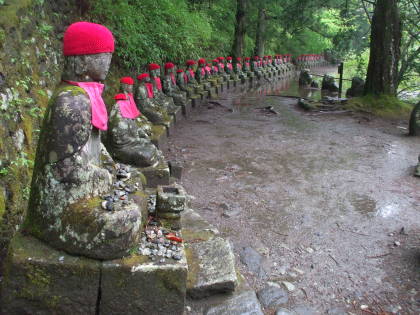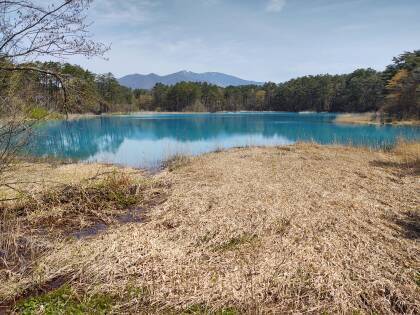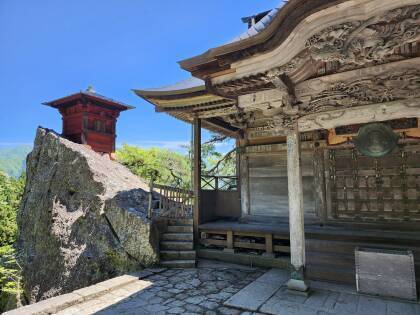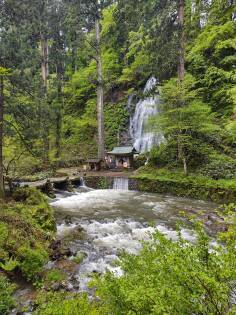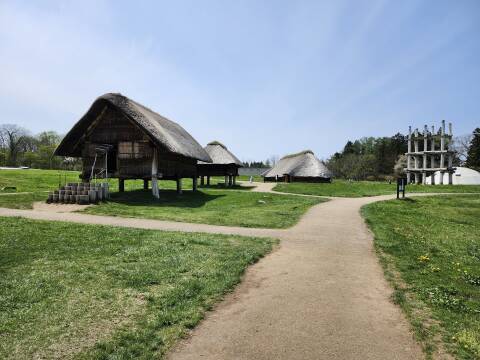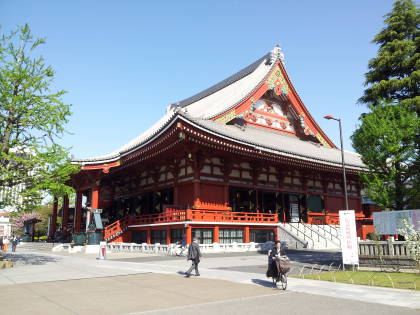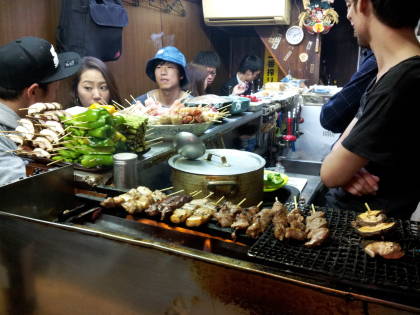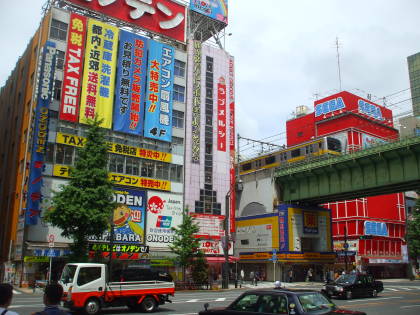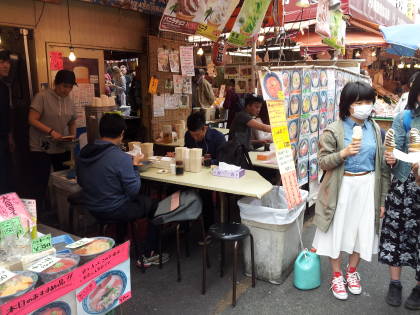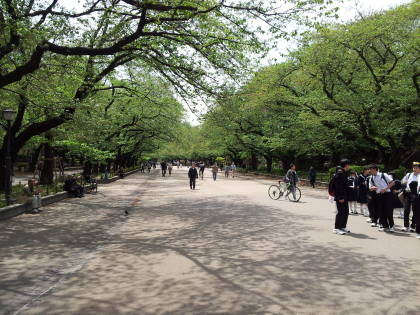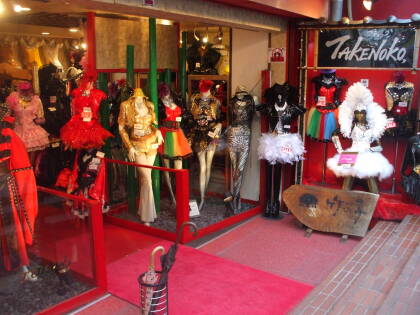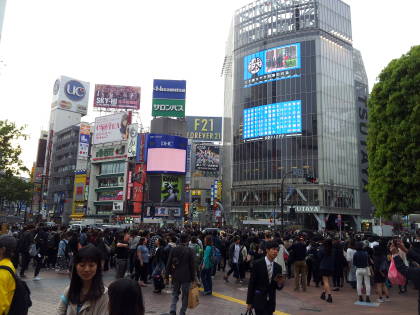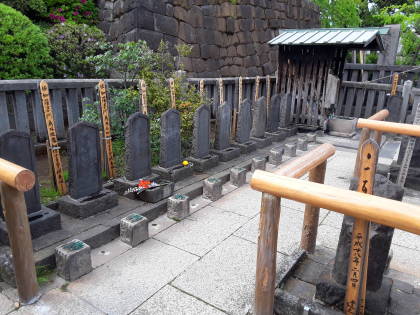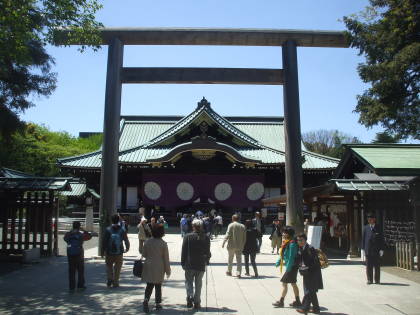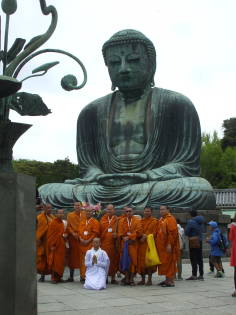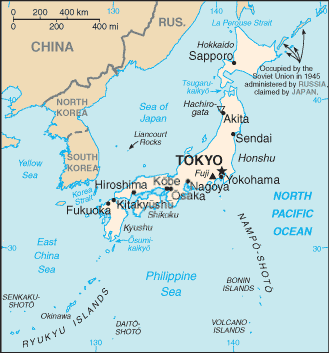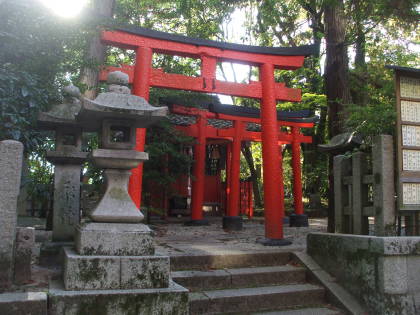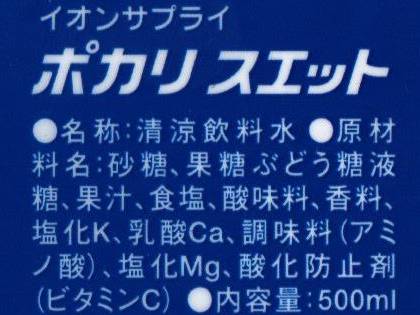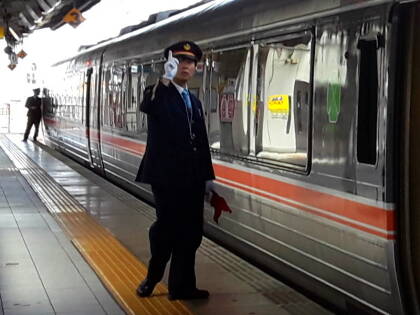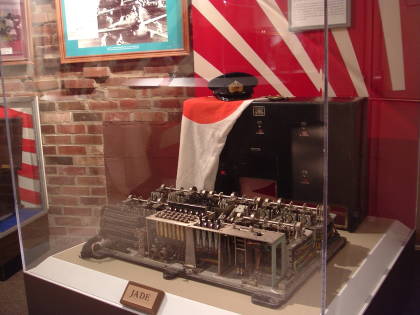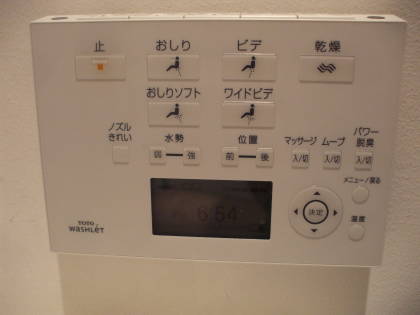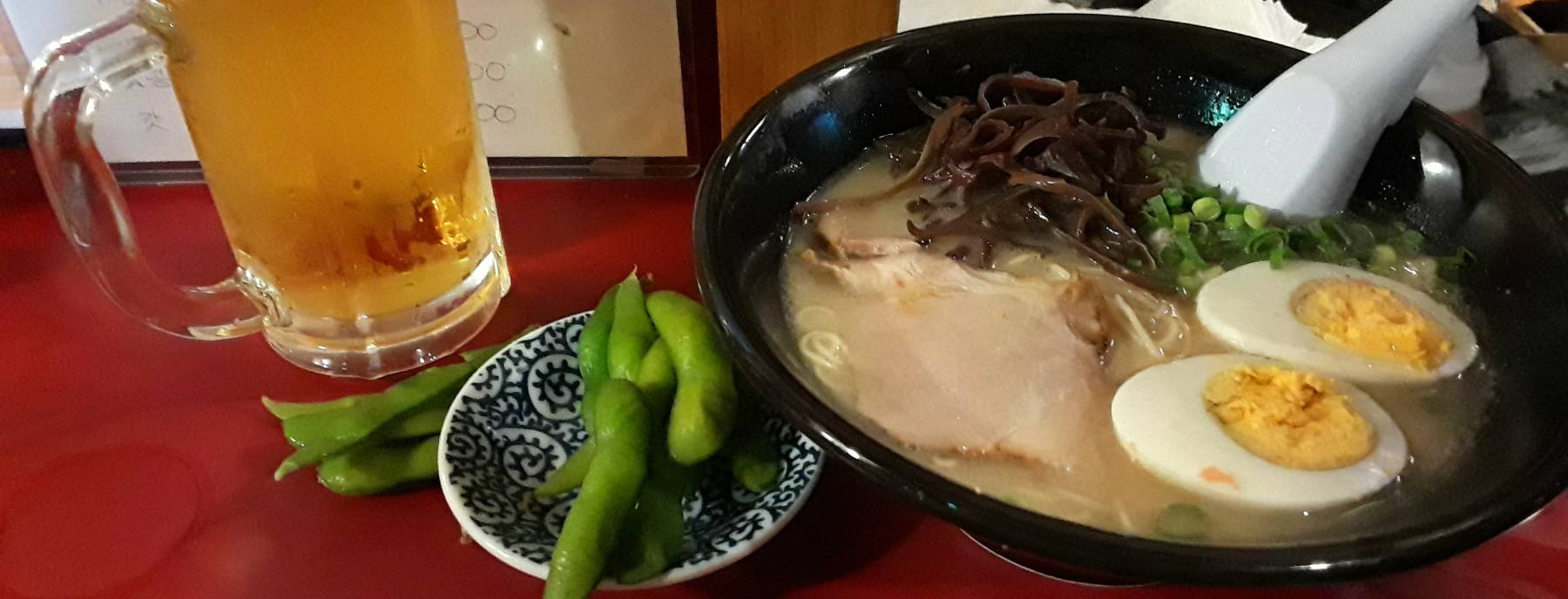
A Day in Fukuoka, Dinner at Yatai
Wandering in Fukuoka
On this day I will wander through some parks,
seeing a restored castle and the annual celebration
of Emperor Hirohito's birthday.
Then I will get dinner at the yatai,
the distinctive Fukuoka ramen stands along the river.
Fukuoka Castle was largely destroyed
by fire during the Meiji Restoration of the late 1860s.
It has been partially rebuilt in concrete during the trend
through the 1950s and 1960s to rebuild damaged or destroyed
castles as tourist attractions.
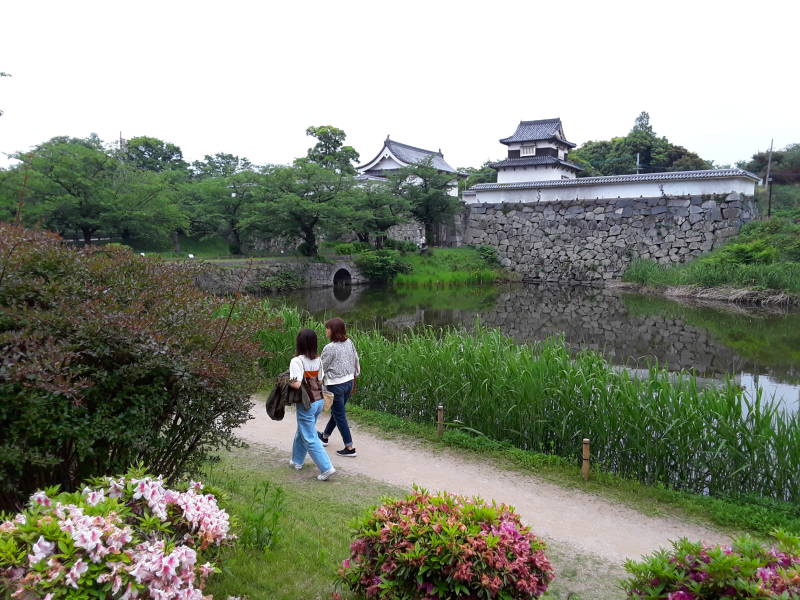
The castle is next to Ōhori Park, west of the center.
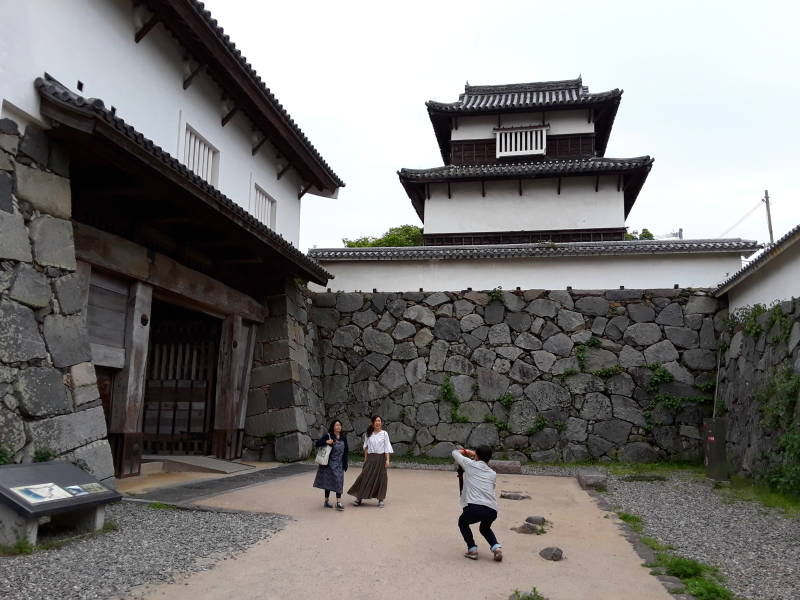
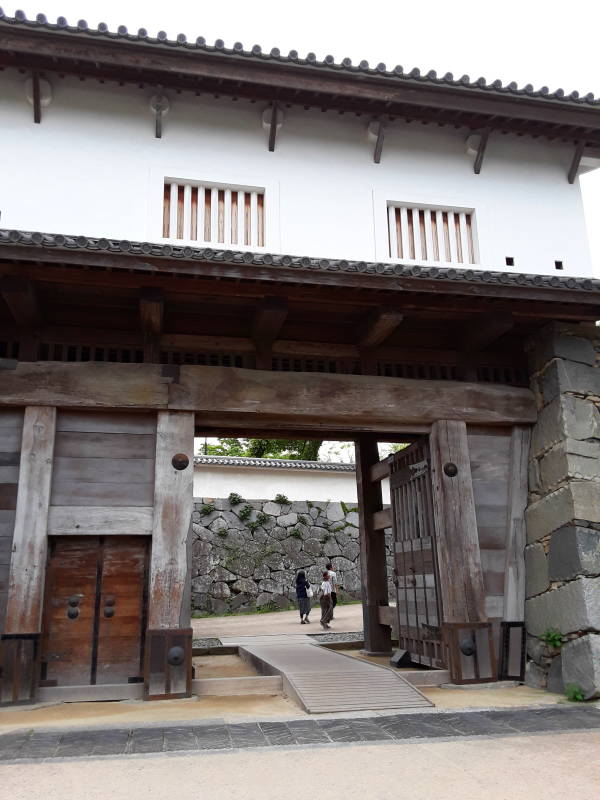
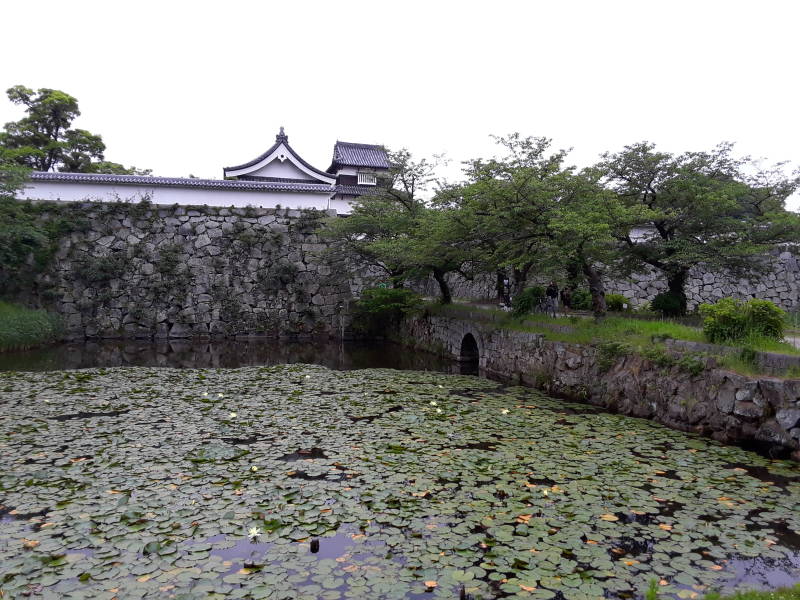
Tenjin Park
"Old Fukuoka", the former samurai settlement, is the now the main shopping area, called Tenjin. A multi-story shopping center, shaped like a truncated pyramid, is covered with trees and other plantings. A park next to it hosted a special celebration.
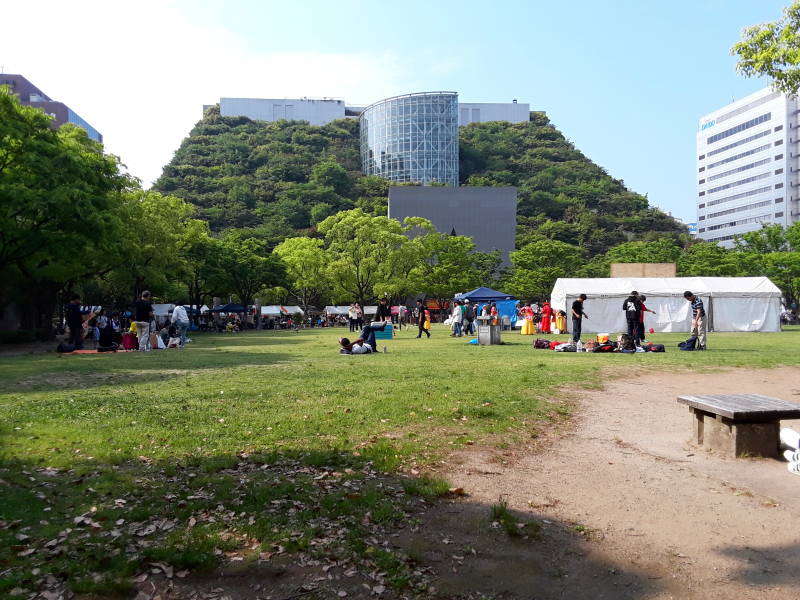
I happened to be here on Shōwa Day, during Golden Week.
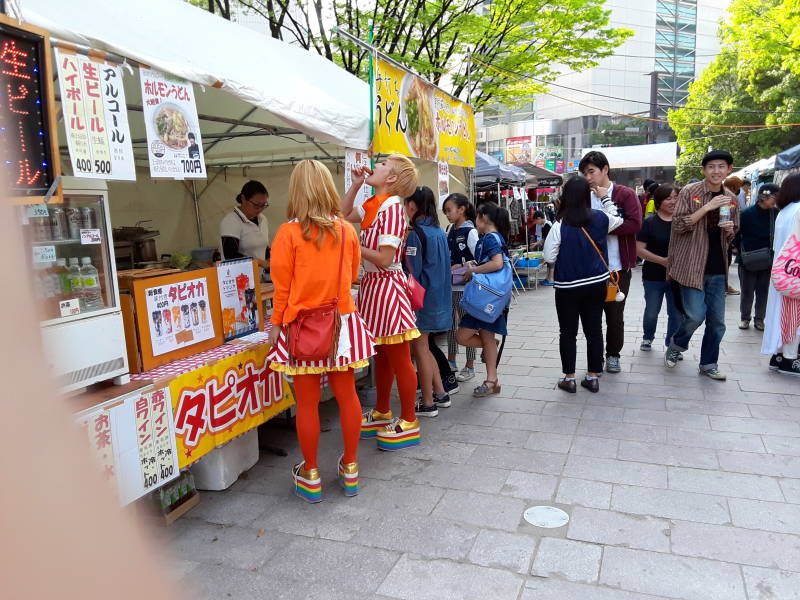
When the Imperial Prince ascends to the Chrysanthemum Throne as Emperor, he no longer goes by his birth name but is simply The Emperor.
An auspicious name is selected for his reign, and after his death, his posthumous name is that reignal name.
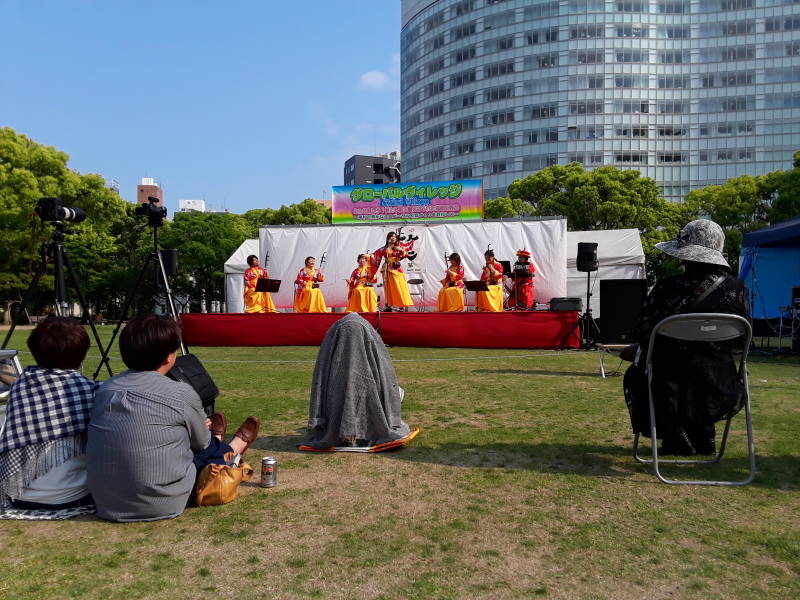
So, Prince Hirohito took practical control of Japan in 1921 as Regent, because his father, the Emperor Taishō, had multiple neurological problems. Taishō died in 1926 and Hirohito became The Emperor. This started the Shōwa period, lasting until the Shōwa Emperor's death in 1989.
Hirohito, or Shōwa, was the longest-reigning and longest-lived historical Emperor.
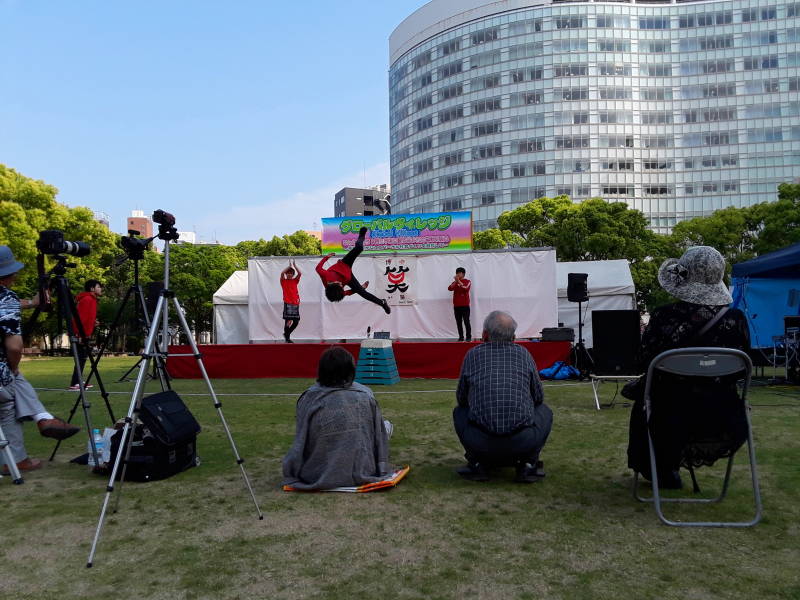
So, in Western terms, Japan still celebrates Hirohito's birthday as the biggest national holiday.
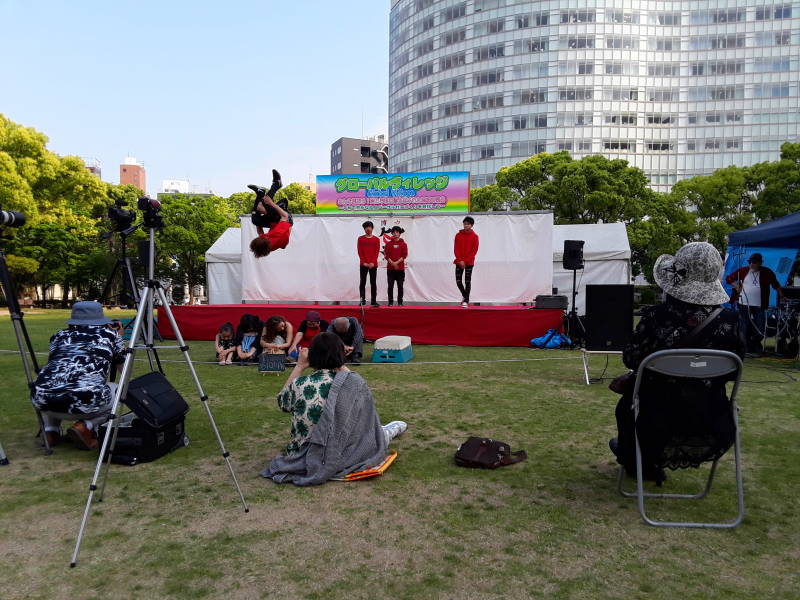
In the grand finale, the parkourist cleared a small platform plus nine people. I was impressed.
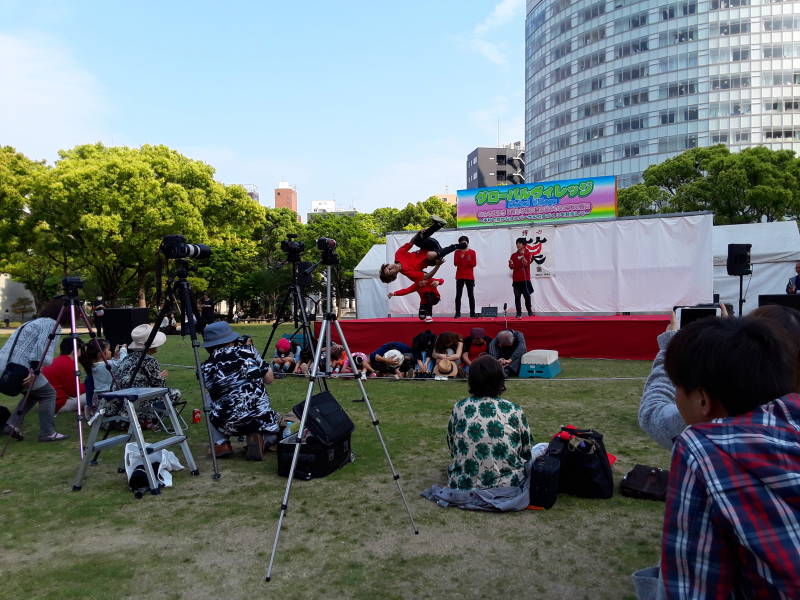
To the Tachinomiya
Back close to where I was staying, I went to a tachinomiya.
This is a stand-up bar, quite small, frequented by people who live or work in the neighborhood. Plus the occasional foreign visitor.
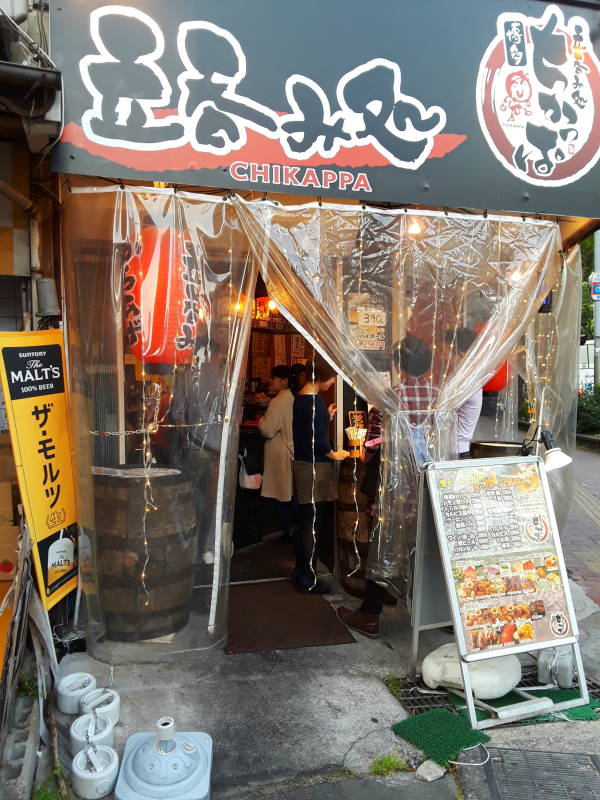
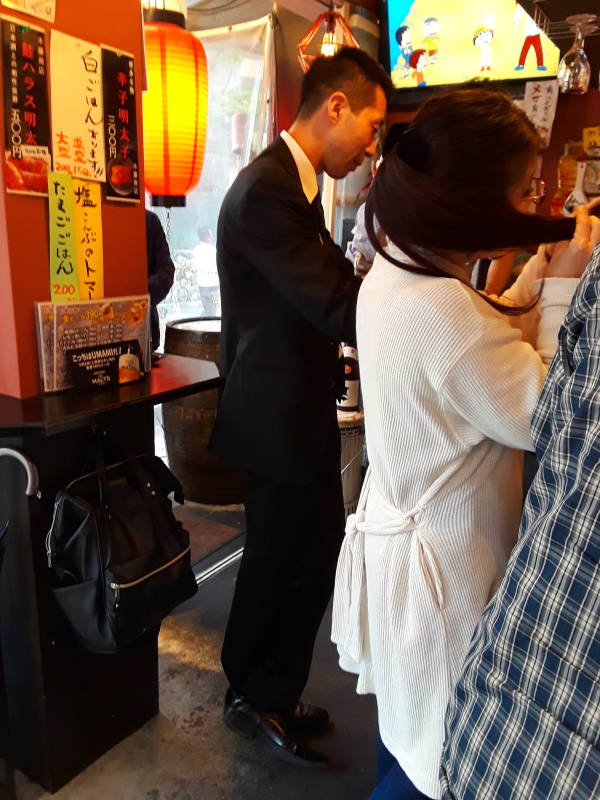
Above and below I'm in one corner, looking diagonally to the far corner. That's the full width of the place. Some of the menu is in the form of pictures above the counter, with names and costs.
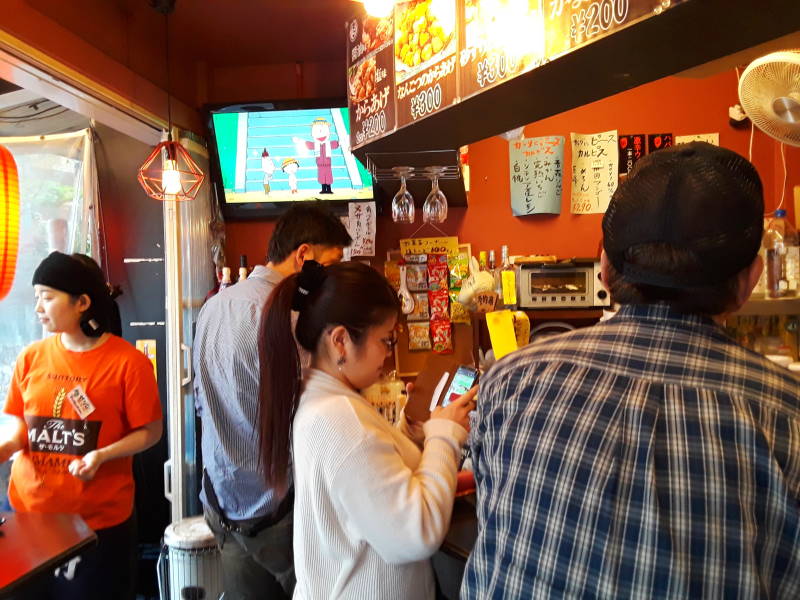
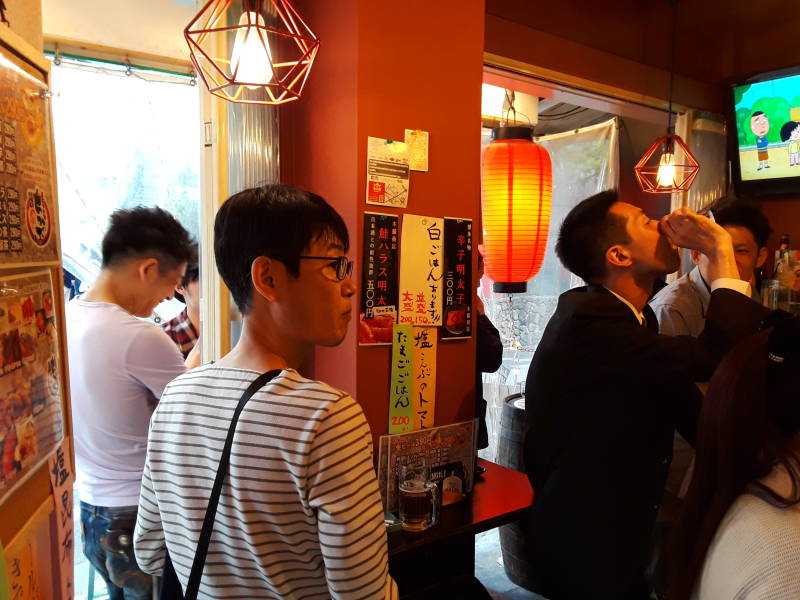
Other menu items are printed or hand-written on strips.
The top hand-written one offers, I think,
<kanji> ごはん
おリます
gohan orimasu, whatever that is.
I'm not at all sure of the 4th and 5th kana.
The green one says:
たまごごはん
tamagogohan —
I'm more confident in the decoding, but I have no
idea what it means...
The yellow one at bottom:
<kanji>
こんぶの
トマト
konbuno tomato —
Tomato Something!
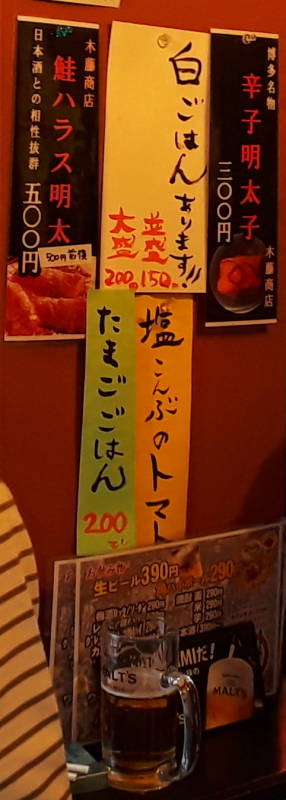
一 = 1
二 = 2
三 = 3
四 = 4
五 = 5
六 = 6
七 = 7
八 = 8
九 = 9
円 = yen
Smaller places may list prices with the old Chinese digits. I didn't see much of that, but here is one example.
The digits zero through five — 〇, 一, 二, 三, 四, 五 — cover most of the prices in an izakaya or tavern, or a tachinomiya or stand-up bar.
The kanji glyph for yen, 円, is one of only three kanji that I can recognize. The other two are what you see on toilet flush handles — 大 for large, and 小 for small. Those three glyphs, which the visitor sees frequently, are in the first fifty of the eighty kanji students learn in the first grade of school.
There is sumo, and then there is wrestling. Kayfabe, or かいふぶ or kayfubu in the original.
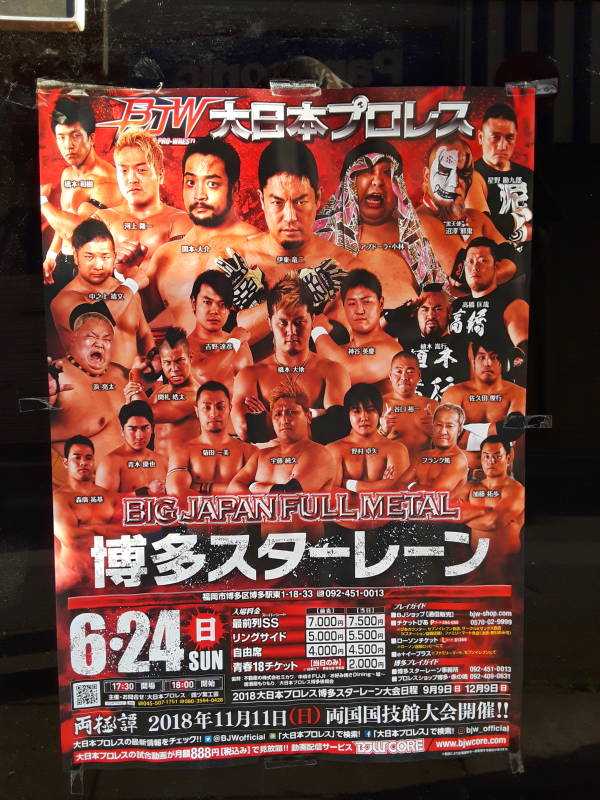
To the Izakaya
Now to stop at an izakaya or small tavern, just a few doors up the side street.
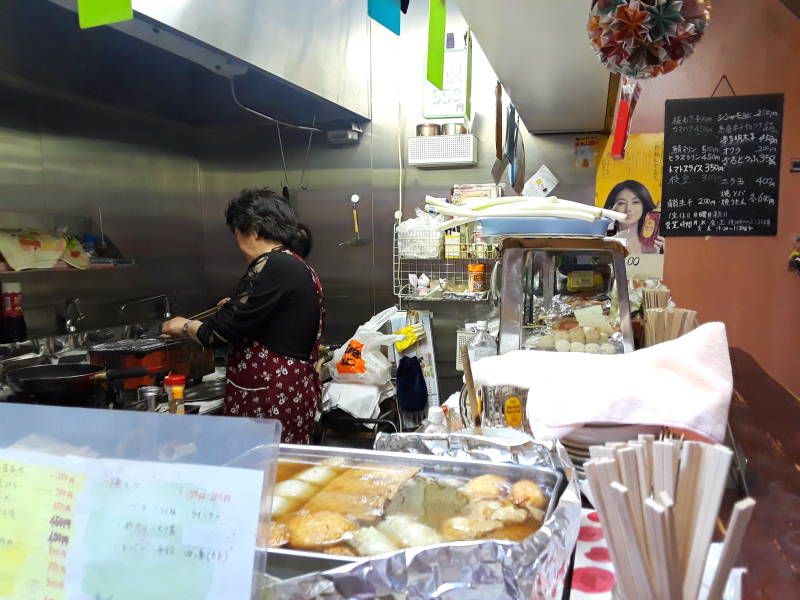
The menu is entirely written. It's good drill on recognizing and pronouncing katakana and hiragana.
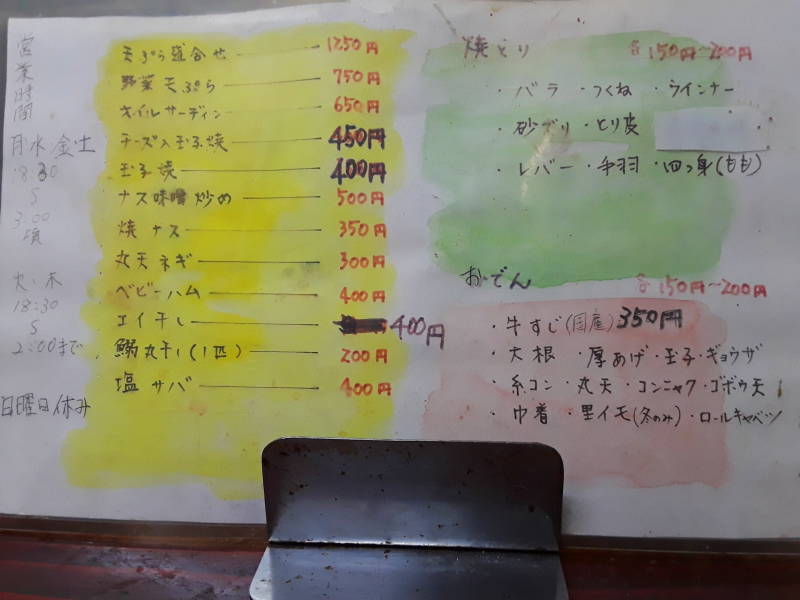
And you can always look and point.
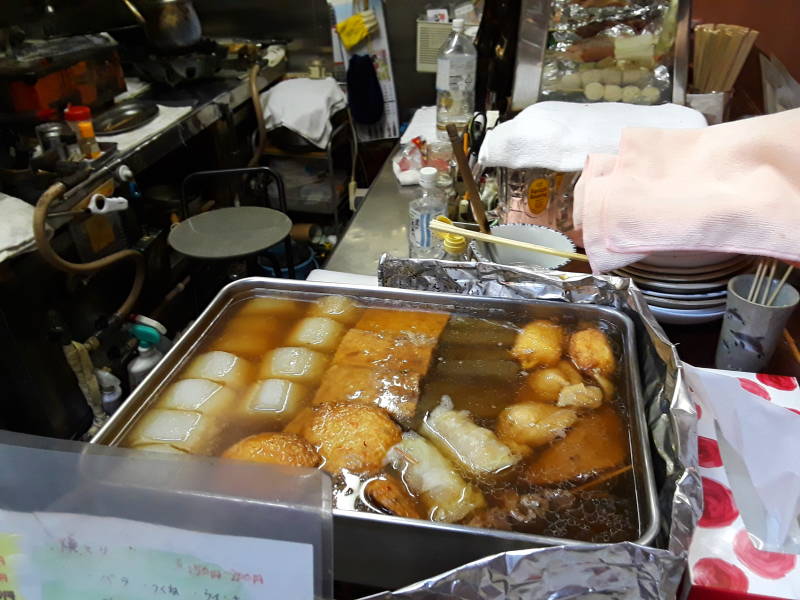
She has yakitori, grilled chicken skewers.
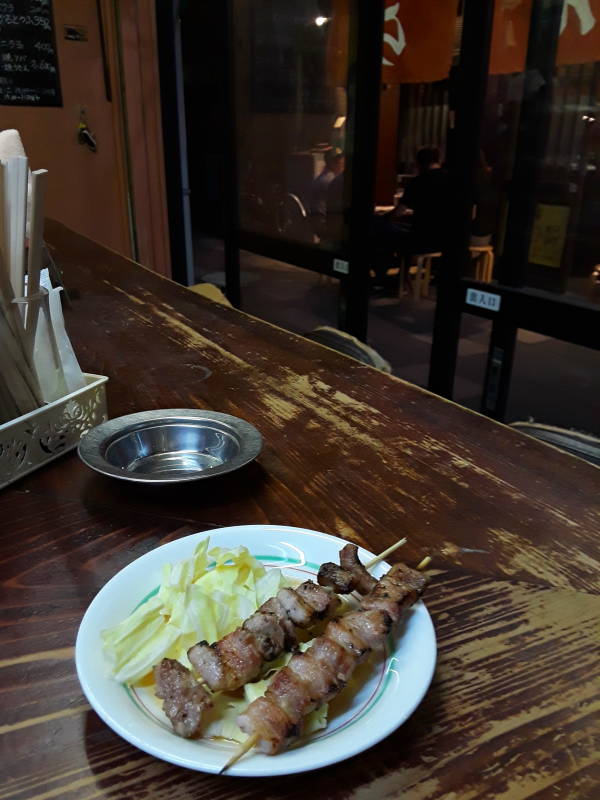
To the Yatai
Now to the yatai, the informal ramen stands of Fukuoka!
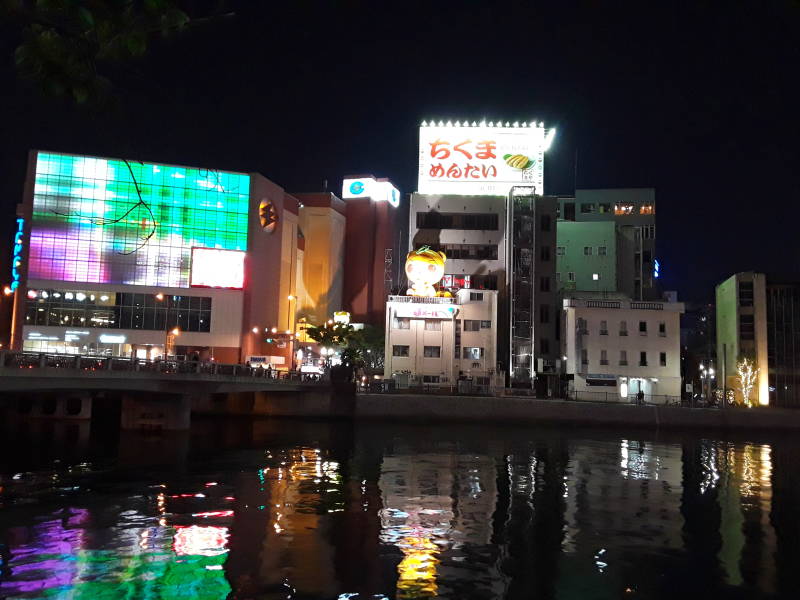
The Hakata area of Fukuoka is known throughout Japan for tonkotsu rāmen, or トンコツ ラーメン, noodles in rich pork broth.
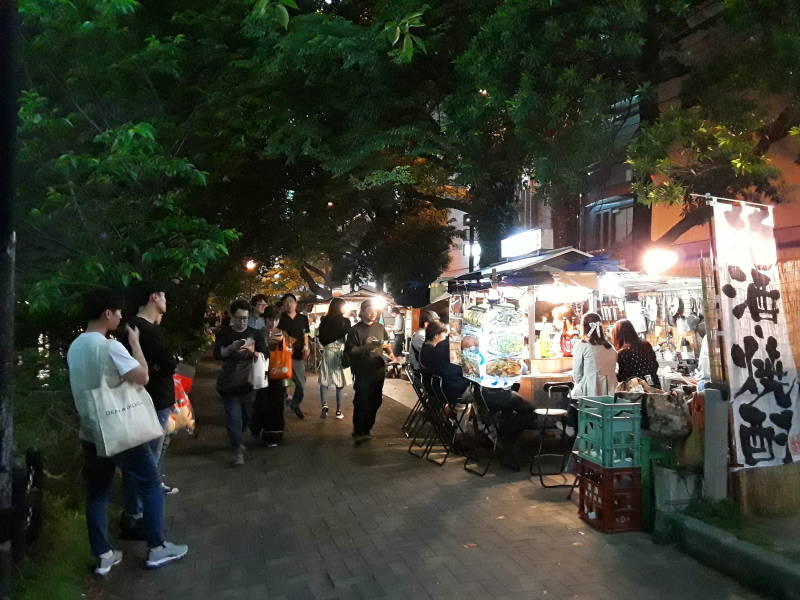
The tonkotsu form of rāmen was developed here in Fukuoka. The broth is made by boiling pork bones for up to eight hours, yielding a thick and cloudy broth.
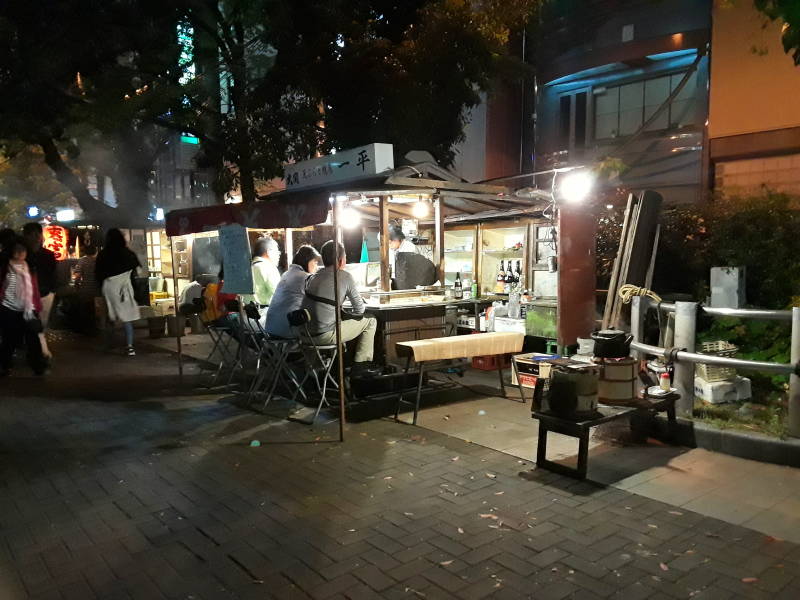
Other broth ingredients include onion, garlic, spring onions, oil, and pork and chicken scraps.
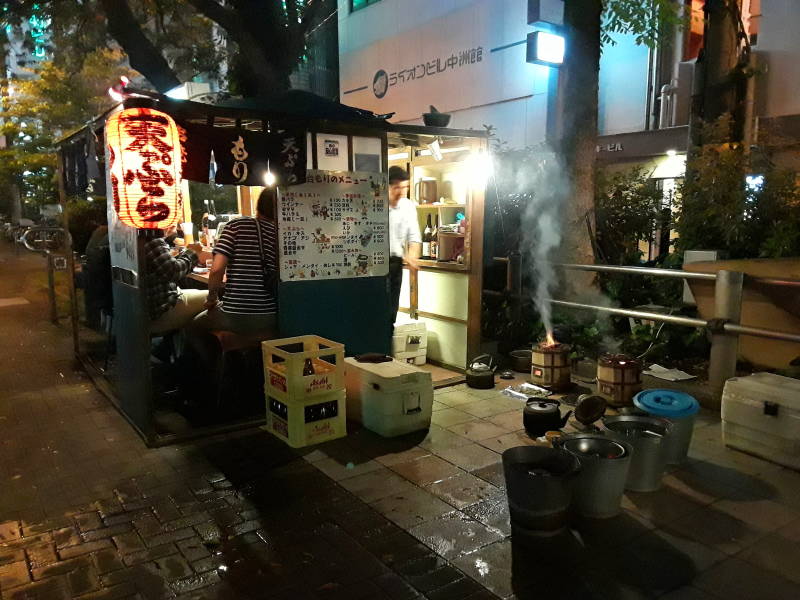
Cooked ramen noodles are heated and added to the broth, along with slices of roasted pork, eggs, kombu or kelp sheets, bamboo shoots, mushrooms, chili bean paste, shōyu or soy sauce, sesame seeds, and more.
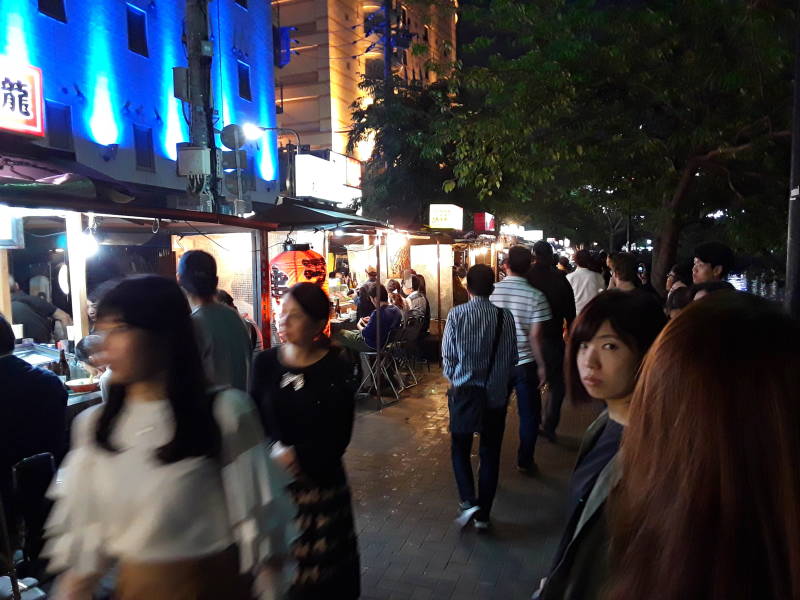
Here's a stand with an open seat in the right rear.
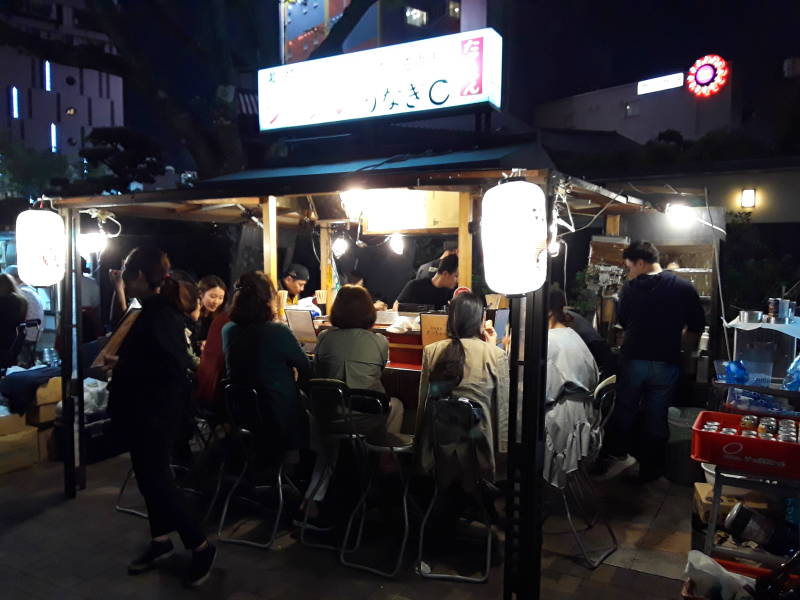
I'll squeeze into the back near the burners and pots.
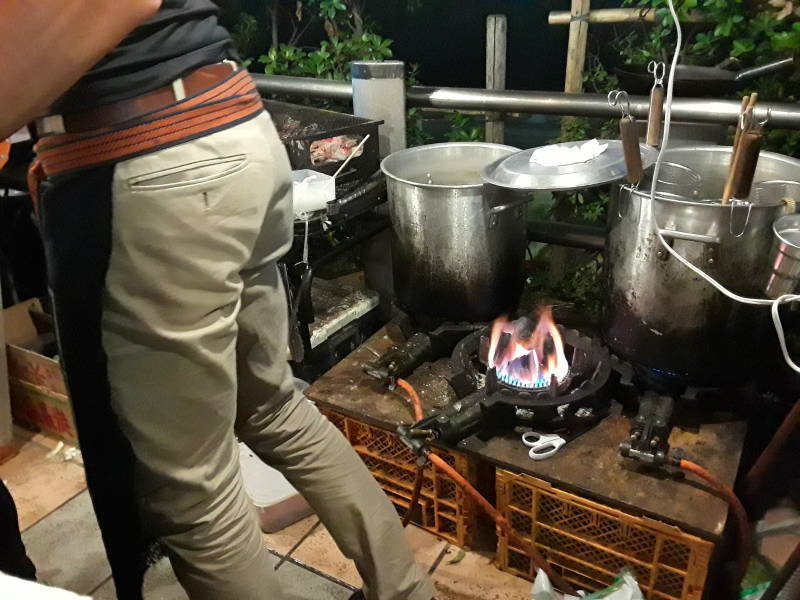
These stands along the river are assembled every day, and torn down at the end of the night.
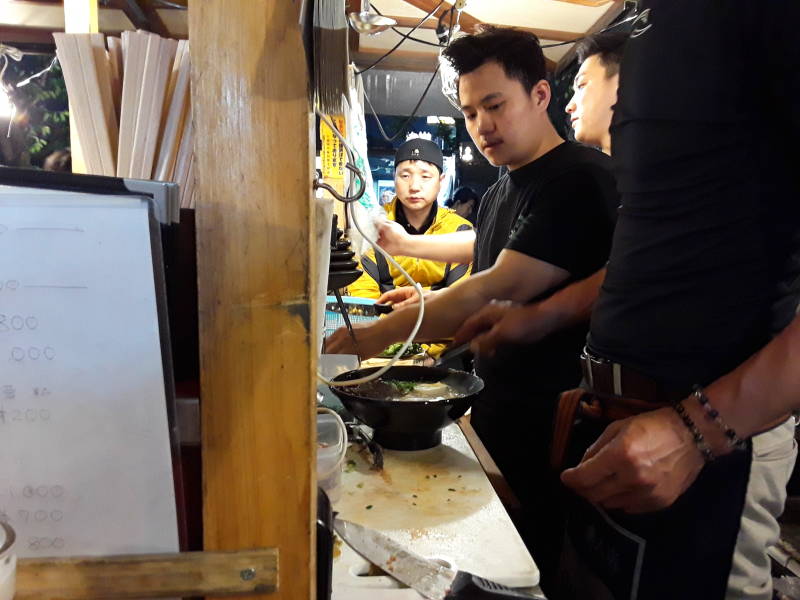
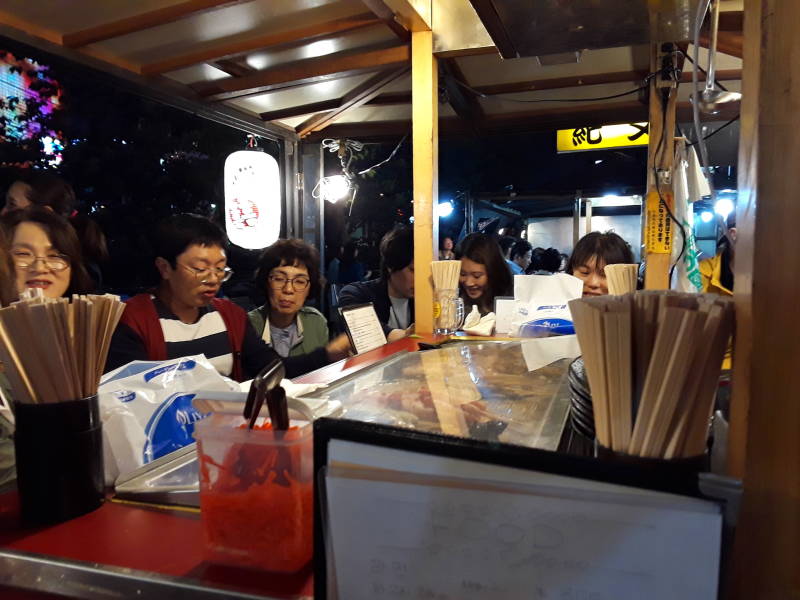
Edamame or steamed soy beans as a starter, and a bowl of this stand's specialized form of rāmen.
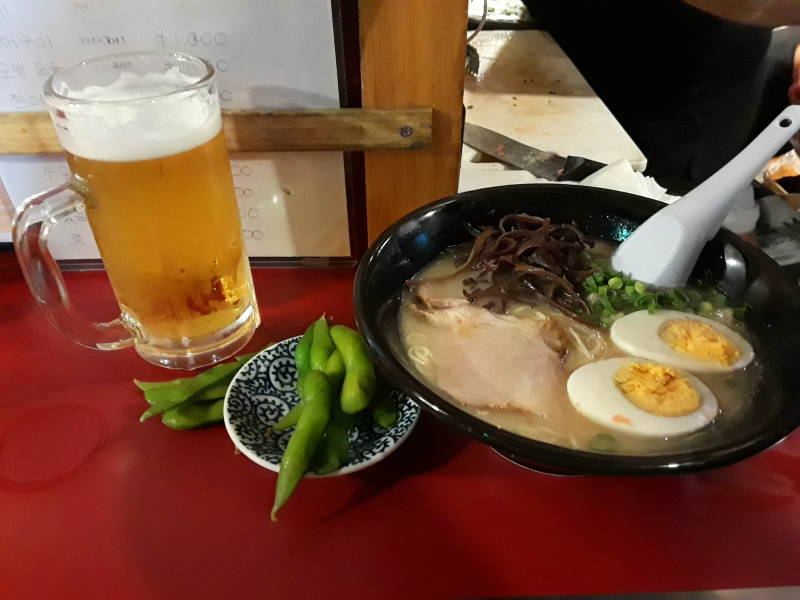
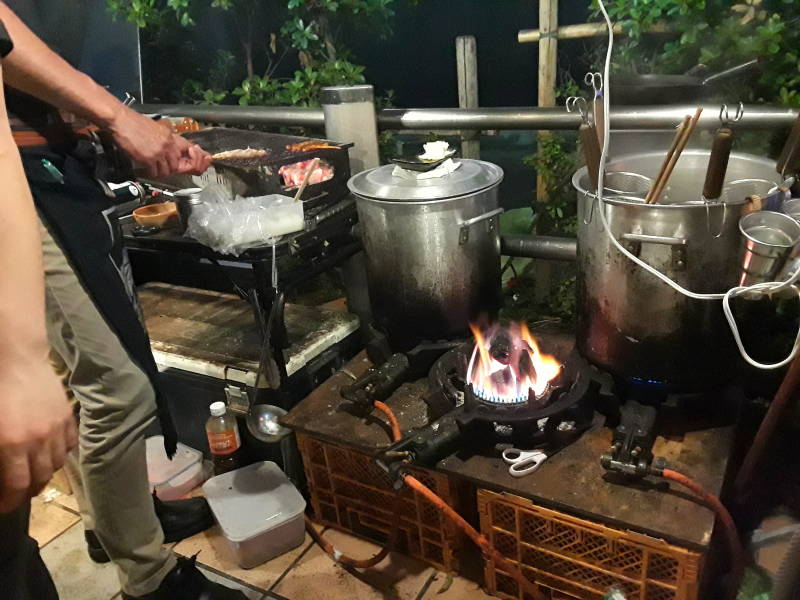
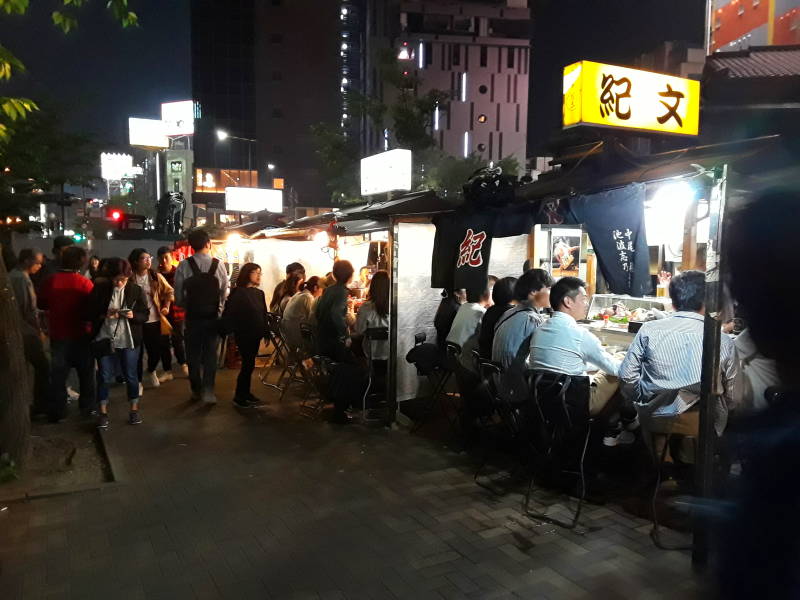
Later I'll make my way back to where I'm staying.
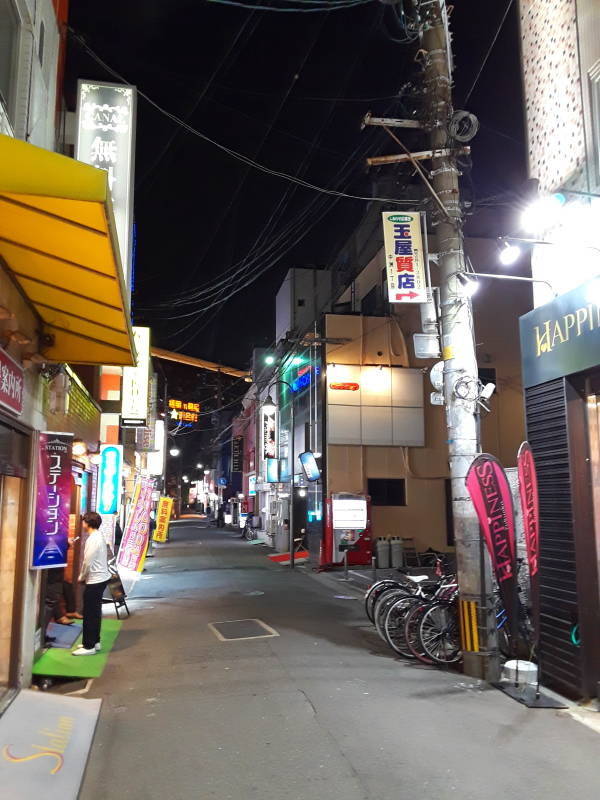
Back at the Hostel
I returned to find my roommates in the common room. This group from Taiwan had all the beds in the room other than mine.
They had found some rocket-fuel-like liquor similar to what they were accustomed to at home. I went up to the corner to the 7–11 and got some ハイボール or haibōru. For relaxing times, make it Suntory.
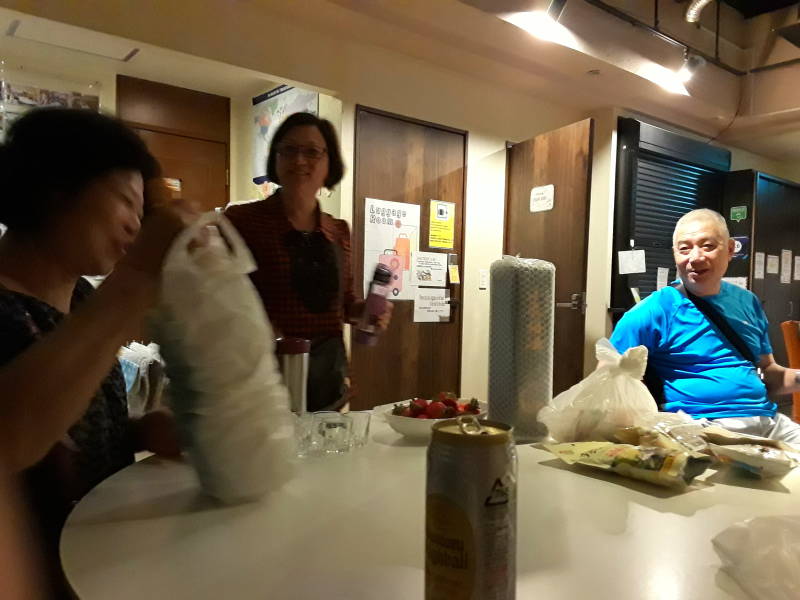
I slowly figured out that they were there to attend a special service at a Buddhist temple the next day. They were all members of the same sect. They came to Fukuoka to visit that sect's regional temple for a special service the next morning. Then they would travel northeast to Fuji, where the sect's home temple was located.
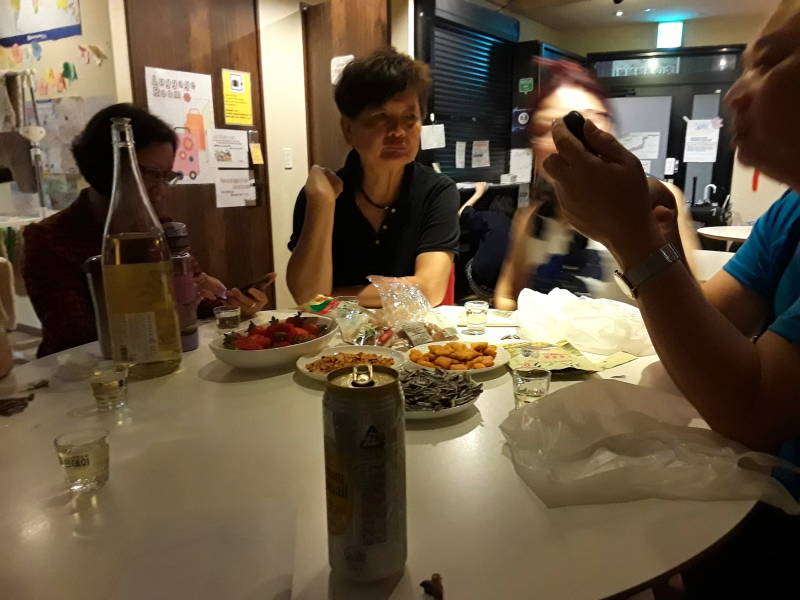
We drank, we toasted. As one does.
Would I accompany them? They wanted me to go with them to the service in the morning.
We didn't have much overlap in language. I had determined that it was some sort of Buddhism, which I feel that I can figure out, at least partially. I saw the Dalai Lama give a teaching in Central Park in New York in 1999, on a Buddhist scripture very similar to the Sermon on the Mount. Let's do this!
Besides, it's between 1 and 2 in the morning and we're drinking canned highballs and distilled rice wine. Is this really going to happen?
The above is specific to Fukuoka. Or maybe you want to explore other places in Japan.
